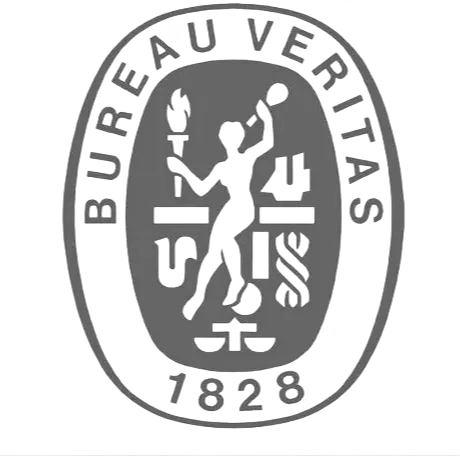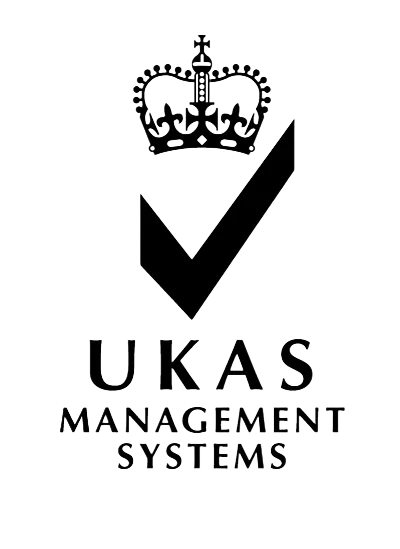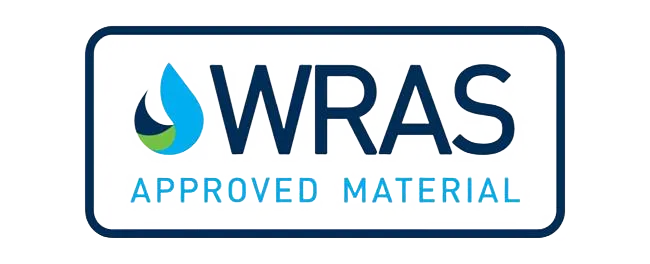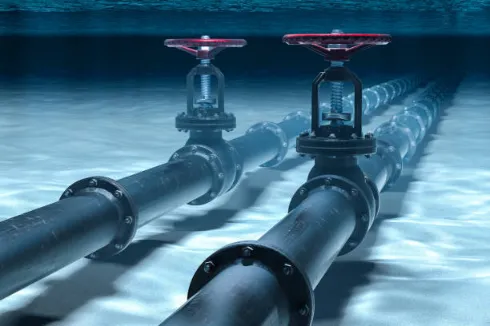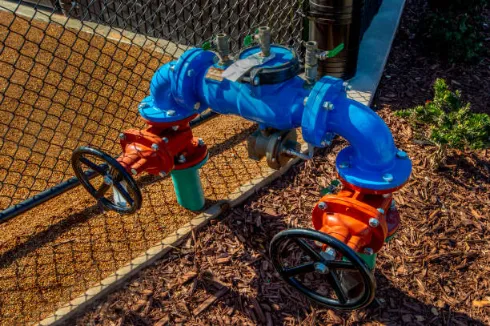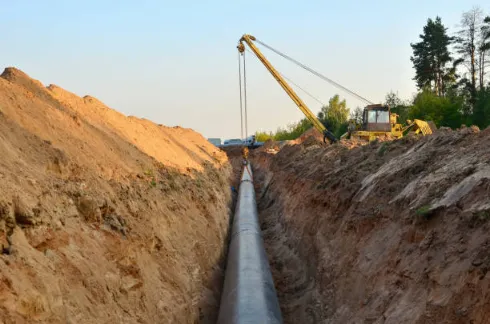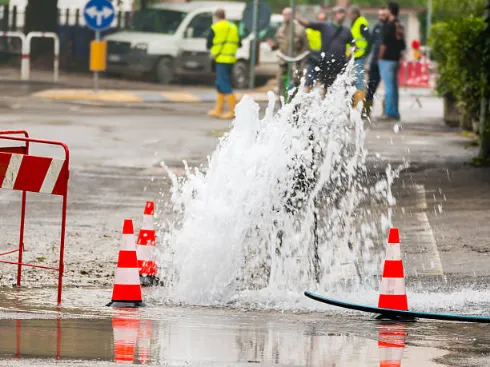نظرة عامة على مشابك السرج في التطبيقات الصناعية
دور مشابك السرج في أنظمة خطوط الأنابيب
مشابك السرج، أو مشابك السرج الأنابيب كما يسميهم بعض الناس ، مثل الأبطال الغير معروفين لأنظمة الأنابيب. يمسكون الأنابيب ويحملونها بقوة على دعم ، حتى لا يتحركوا. تغيرات الضغط أو الاهتزازات؟ لا شيء كبير. ملف مشبك سرج الأنابيب حول الأنابيب مثل بطانية مريحة. ثم يتم تسميمه إلى شيء قوي ، ونشر وزن الأنابيب لطيف وحتى. بهذه الطريقة، لا يحصل أي جزء من الأنابيب على ضغوط كبيرة.
تحمل الأنابيب جميع أنواع الأشياء - الماء الساخن، الزيت البارد، كما تسميها. الحفاظ عليها ثابتة هو أمر لا بد منه. قناة مشبك السرج للأنابيب هي لاعب نجم هنا. يبقي الأنابيب مقفلة في مكانها ولكن يعطيها شوية من المساحة لتمتد أو تقلص عندما تتغير درجات الحرارة. هذا يوقف الشقوق والتسريبات من إفساد الأمور ، والحفاظ على كل شيء آمن وصحيح.
الصناعات الشائعة باستخدام مشابك السرج
تظهر مشابك السرج في جميع أنواع الأماكن لأنها رائعة وموثوقة بها. تحقق من أين تلمع:
- إمدادات المياه الصرف الصحيتستخدم أنظمة المياه في المدينة مشابك السرج لربط الأنابيب الرئيسية بخطوط أصغر دون عوائق.
- النفط والنفط الغازفي أماكن الضغط العالي مثل خطوط أنابيب النفط ، تبقي مشابك السرج الأمور مستقرة وتقلل من التذبذب.
- المعالجة الكيميائيةتحتاج المصانع الكيميائية إلى مشابك السرج التي لن تصدأ ، لذلك تبقى آمنة في ظروف قاسية.
- تكييف الهواء والتبريد حماية الحريقأنظمة التدفئة والتبريد والحريق تعتمد على هذه المشابك للبقاء صلبة واتباع قواعد السلامة.
المفاصل المتضاربة لديها مجموعة كاملة من صعبة المشابك السرج مصممة لهذه الوظائف.
مزايا استخدام مشبك سرج الأنابيب لإصلاحات وتركيبات
إليك الشيء حول مشبك سرج الأنابيب: إنه تغيير اللعبة الكلي لتثبيت الأنابيب بسرعة. لا حاجة لتفكيك النظام بأكمله. الأنابيب عادة ما تكون صفقة "ضبطها وتركها". ولكن عندما تتسلل شقوق أو تسرب ، تدخل مشابك سرج الأنابيب لإنقاذ اليوم. إنهم يصلحون الأشياء دون استبدال قطع كبيرة ، مما يوفر لك الوقت وكمة من النقود.
علاوة على ذلك ، فإن مشابك السرج تؤثر على نقاط الضعف ، لذلك لا تعود المشاكل. إنها سهلة التثبيت ، مثالية للتصحيح السريع أو عندما تضيف أجزاء جديدة إلى الإعداد.
المكونات الرئيسية ومواد مشبك السرج
العناصر الهيكلية لمشبك السرج القياسي
يأتي مشبك السرج القياسي مع بعض القطع الرئيسية:
- جسم المشبك: لديه هواء على شكل U أو نصف دائرة لعناق الأنابيب بلطف.
- المسامير / المكسراتهذه تشدد كل شيء للحفاظ على الأنابيب مريحة.
- لوحة قاعدة أو قناة: هذا يعطي بقعة مسطحة للتمسير على هيكل.
- بطانة المطاط (اختياري): هذا يمتص أي اهتزاز ويحافظ على سطح الأنابيب آمن.
يضمن الإعداد بأكمله انتشار وزن الأنابيب بشكل متساو ، لذلك يبقى موجودًا.
اختيار المواد للمتانة ومقاومة التآكل
اختيار الأشياء المناسبة لمشبك سرج الأنابيب هو أمر كبير. يجب أن تنتهي وتستمر بشكل جيد. الفولاذ المقاوم للصدأ هو المفضل للمشجعين لأنه يحارب الصدأ مثل بطل. في الأماكن القاسية - مثل المصانع الكيميائية أو بالقرب من الشاطئ - قد يكون الفولاذ المجلفن أو الحديد المرنة هو الطريق المناسب.
أنابيب الحديد المرنة رائعة في مقاومة الصدأ بسبب مزيجها من الحديد والكربون. غالبا ما يتم تغطيتها بأشياء مثل هاون الأسمنت أو البولي إيثيلين أو الراتنج الإيبوكسي. هذه الطلاءات تسمح لمشابك السرج بالتعامل مع الظروف القاسية لسنوات دون أن تتفكك.
اعتبارات التصميم بناء على نوع الأنابيب والضغط
نوع الأنابيب التي تعمل معها - PVC أو النحاس أو الحديد الزهر أو الصلب - يغير مشبك السرج الذي تحتاجه. تم بناء مشابك الإصلاح للتعامل مع مواد مختلفة. ولكن ، كما تعلمون ، من الذكي دائماً التقاط واحد مصنوع للأنابيب الذي تقوم بإصلاحه بالضبط.
الضغط شيء آخر للتفكير فيه. تحتاج أنظمة الضغط العالي إلى مشابك السرج الأكثر صعوبة مع جدران سميكة ومسامير أصعب. لا تنسى الحرارة أو البرد. يمكن أن تمتد الأنابيب أو تتقلص ، لذلك يجب على المشبك السماح لها بالتحرك قليلاً.
تقنيات التثبيت لأنظمة مشبك سرج الأنابيب
دليل خطوة بخطوة لتثبيت قناة مشبك السرج للأنابيب
إليك كيفية وضع قناة مشبك السرج للأنابيب:
- التحضير: فرك الأنابيب نظيفة حيث المشبك الذهاب.
- تحديد المواقع: احصل على قناة مشبك السرج للأنابيب مصفوفة مع الدعم.
- تركيب لوحة قاعدة: المسامير إلى الهيكل مع المسامير المرساة.
- وضع الأنابيب: ضع الأنابيب في نقطة منحنية المشبك.
- تشديد المساميرضيق المسامير ببطء على الجانبين حتى تكون مريحة. لا تبالغ في ذلك.
- التفتيشتحقق مرتين من أن كل شيء مستقيم. تأكد من أن الأنابيب والمشبك يلمسون دون أي فجوات.
هذا يحصل عليك إعداد قوي لا يزال من السهل تعديله في وقت لاحق إذا كنت بحاجة.
أدوات وتدابير السلامة المطلوبة أثناء التثبيت
سوف تريد هذه الأدوات جاهزة:
- مفاتيح عزم الدوران
- قفازات واقية
- نظارات أمان
- معجون مضاد للصدأ (إذا كنت بحاجة إليه)
من حيث السلامة ، أغلق دائما ضغط خط الأنابيب أولا. التمسك بقواعد الشركة المصنعة لتشديد المسامير للحفاظ على الأمور آمنة.
تحديات التثبيت الشائعة وكيفية التغلب عليها
أحياناً تذهب الأشياء إلى جانب، مثل الأنابيب التي لا تتصف أو المسامير التي تصبح ضيقة جداً. هذا يمكن أن يفسد الأنابيب الرقيقة أو يسبب تسريبات. إليك كيفية تجنب هذه المشاكل:
- استخدم مستوى للحفاظ على الأمور مستقيمة.
- اتبع نصائح تشديد المسامير من الشركة المصنعة إلى T.
- امسك مشابك السرج مع بطانات مطاطية للبقع مع الكثير من الاهتزاز.
هذه الحيل تبقي الوظيفة سلسة وخالية من القلق.
ميزات الأداء مشابك السرج عالية الجودة
توزيع الحمل وقدرات تخفيف الاهتزاز
مشابك السرج من الدرجة العليا رائعة في نشر وزن الأنابيب بالتساوي. وهذا يمنع البقع الضعيفة من التكوين والكسر في وقت لاحق. تمتص بطانات المطاط أو المواد الخاصة في مشابك المفاصل المتعارضة بالاهتزاز من الآلات أو القوى الخارجية. هذا أمر كبير في المصانع حيث تكون الأشياء دائماً مزدحمة واهتزازية.
منع التسرب وفوائد تعزيز مشابك السرج الأنابيب
مشابك سرج الأنابيب مثل الضماد الموثوق به للبقع الضعيفة أو المفاصل التي قد تتسرب. يلفون حول المناطق المتضررة بشكل ضيق. ختم جيد يختم الأشياء للحفاظ على السوائل حيث تنتمي. من خلال الاحتفاظ بالنقاط الضعيفة ثابتة مع إعطاء مساحة قليلة للتحرك ، تقلل مشابك السرج من المخاطر دون الحاجة إلى إعادة إنشاء النظام بأكمله. هذا مدخر كبير للوقت والمال.
التوافق مع مختلف مواد خطوط الأنابيب والسوائل
تلعب مشابك السرج الحديثة لطيفة مع جميع أنواع الأنابيب - أحجام مختلفة وسمكها ومواد مثل PVC أو المعدن. إنهم يتعاملون مع الماء أو النفط أو المواد الكيميائية أو الغاز دون مشكلة. لكن اختيار حجم المشبك الخاطئ يمكن أن يفسد الإصلاح. هذا هو السبب في أن قياس الأنابيب بشكل صحيح أمر أساسي عند اختيار أشياء مثل حلول Conflex Joints المخصصة.
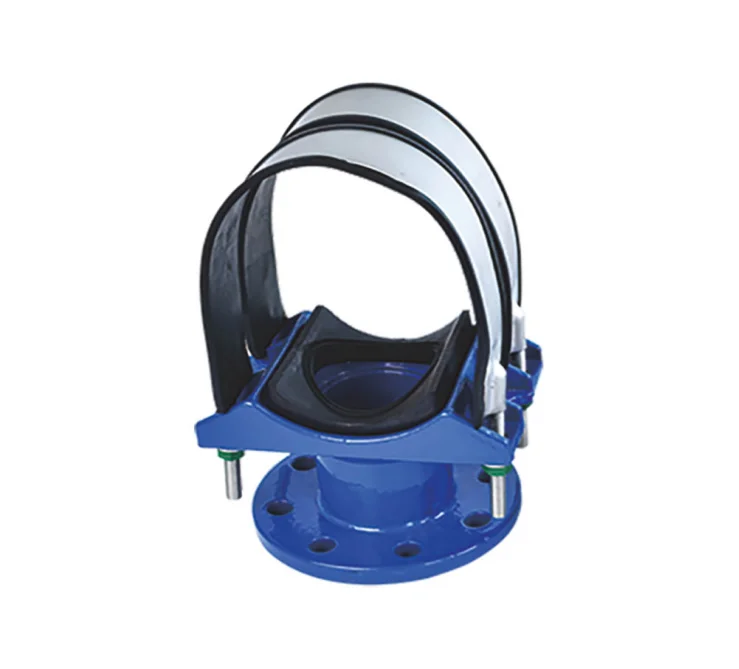
إرشادات الصيانة والتفتيش لمشابك السرج
فحص روتيني لضمان النزاهة التشغيلية
الحفاظ على مشابك السرج في التحقق يبقيهم يعملون بشكل رائع. إليك ما يجب القيام به:
- تحقق إذا كانت المسامير لا تزال ضيقة.
- انظر إلى بطانات المطاط لأي تآكل أو دموع.
- اكتشف أي صدأ أو تآكل.
- تأكد من أن المشبك لم يتحول من الاهتزاز أو الحرارة.
هذه النظرات السريعة يمكن أن تجعل أنابيبك أطول.
علامات التآكل أو الفشل في نظام مشبك سرج الأنابيب
انتبه إلى هذه الأعلام الحمراء:
- الصدأ على الأجزاء المعدنية.
- المسامير التي لن تبقى ضيقة.
- الشقوق في لوحة الأساس.
- انحني أو بقع مضغوطة حول المشبك.
- تسريبات بالقرب من المفاصل.
التقاط هذه في وقت مبكر يبقي الصداع الكبير بعيدا.
الجداول الزمنية للاستبدال وأفضل الممارسات
يمكن لمشابك السرج الجيدة أن تتمسك لسنوات إذا كنت تعتني بها. يمكن للفحوصات المنتظمة أن تجعل نظام السباكة الخاص بك يستمر مرتين من الوقت. استبدل الأجزاء المتهالكة أثناء الصيانة المخططة بدلاً من الانتظار لكسر شيء ما. هذا يبقي أشياء مثل أنظمة المياه أو المصانع الكيميائية تعمل بسلاسة دون انقطاع كبير.
الأسئلة المتكررة (FAQ)
ما هو مشبك سرج الأنابيب؟
يضمن مشبك سرج الأنابيب خطوط الأنابيب إلى الدعم الهيكلي مع السماح بالحركة المضبوطة من التوسع الحراري أو تغييرات الضغط. كما يعزز نقاط الضعف أثناء الإصلاحات.
هل يمكنني تثبيت قناة مشبك السرج للأنابيب بنفسي؟
نعم، ولكن فقط إذا اتبعت بروتوكولات السلامة مثل خطوط تخفيف الضغط أولاً، باستخدام الأدوات المناسبة مثل مفاتيح عزم الدوران، والالتزام الصارم بإرشادات التثبيت التي تقدمها الشركات المصنعة مثل المفاصل المتنازعة.
هل تشابك السرج مناسبة لتطبيقات الضغط العالي؟
بالتأكيد - مع اختيار المواد المناسبة (مثل الفولاذ المقاوم للصدأ) وميزات التصميم المعززة التي تتطابق مع تصنيفات ضغط نظامك ، فإنها تعمل بشكل موثوق في ظروف الإجهاد العالي النموذجية في خطوط أنابيب النفط أو الغاز.
كيف أعرف متى يحتاج مشبك سرج الأنابيب إلى استبدال؟
علامات مثل أجهزة الصدأ، المسامير الفضيحة على الرغم من محاولات التشديد، الشقوق المرئية في المكونات، أو التسرب المستمر حول المفاصل تشير إلى أن الوقت قد حان للاستبدال خلال دورة الصيانة التالية.
هل يمكن تخصيص منتجات Conflex Joints؟
نعم! المفاصل الضيقة تسمح خدمة التخصيص للعملاء من مختلف الصناعات في جميع أنحاء العالم بتخصيص الحلول بناءً على متطلبات المشروع الفريدة لضمان التركيب المثالي في كل مرة.

